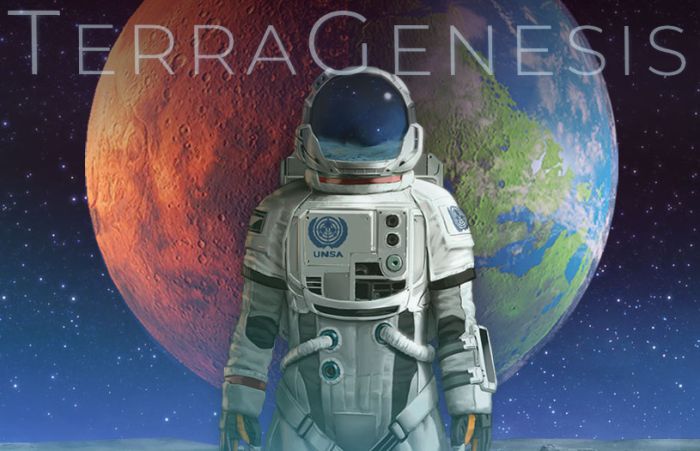
“What’s the use of looking at Mars through a telescope, sitting on panels, writing books, if it isn’t to guarantee, not just the survival of mankind, but mankind surviving forever!”
That’s Ray Bradbury. One of the most prolific and prophetic minds in science fiction.
The quote is from “Mars and the Mind of Man,” the transcript of a “freewheeling exchange” between Bradbury, Carl Sagan, and Arthur C. Clarke concerning Mars and the information sent back from the Mariner 9 probe.
What’s he’s alluding to, is called “terraforming.” Basically taking an uninhabitable planet and making it habitable.
He makes a good point. Earth’s lifespan is long, but not eternal. For humanity to take our fate in our own hands, we will eventually have to live somewhere other than our home planet.
Every journey into the future starts with imagination. Lucky for us, there’s a brilliant imaginer of the future who has dedicated his adult life to creating an incredibly fascinating, detailed terraforming game based on real science and data.
TerraGenesis is the hit indie game about terraforming distant worlds. Alexander Winn is its creator.
He was kind enough to lend me his time and brainpower to tell us all about this world changing tech.
What is terraforming?
ter·ra·form
Verb
-
-
(Especially in science fiction) transform (a planet) so as to resemble the earth, especially so that it can support human life.
-
“TerraGenesis is a mobile game about exploring, hominizing, and terraforming Mars and other planets from lifeless rocks into fully-habitable homes for humanity, just like Earth,” Winn explains.
“The gameplay is all based on real science, as players manipulate the planet’s atmospheric pressure and composition, surface temperature, sea level, and eventually local culture and government.”
And the science goes deep!
“. . . because we use real maps and data from NASA, you can see what Mars or Venus or any of the 50 in-game worlds would REALLY look like as you transform them.”
“Since it came out in 2016, TerraGenesis has had over 20 Million downloads across iOS, Android, and Windows, and we’ve developed a huge and passionate fan base,” Winn says.
“My wife Lacey Hannan and I have since founded Edgeworks Entertainment, a company dedicated to making entertainment with deep roots in authenticity and exploration.”
Download TerraGenesis for your Phone or Tablet
I noticed an interesting word there. “Hominizing?”
“We purged the word “colonize” from TerraGenesis several years ago, mainly for two reasons.
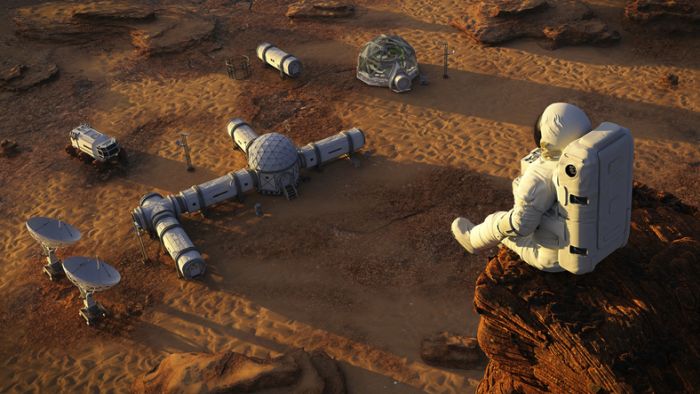
Mars thugs-n-Hominize
“The first is because the term “colonize” has a very unsavory history and carries many unfortunate associations of subjugation, occupation, and enslavement.
“The second is because “colony” is a legal term with a specific definition, which may not actually apply to the arrangement between a Martian city and Earth.”
One of the most fascinating aspects of TerraGenesis is that it doesn’t simply explore the technical challenges of exploring space, but the social and cultural as well.
“A lot of people use “settle” these days instead, which is fine. “Settlers” on Mars “settle” the planet by building “settlements,” instead of colonists colonizing by building colonies.”
But Winn wasn’t quite satisfied. “Personally, I find the term too rustic and boring: a “settlement” sounds like a few log cabins . . .
“It’s also not quite as versatile: the equivalent of “colony/colonization” is “settlement/settlement,” so it can create some confusion. If I refer to the “settlement of Mars,” am I talking about “the colony of Mars” or “the colonization of Mars”?”
“We ended up dusting off an old, mostly-forgotten term: “hominize,” meaning “to add humans, or make an environment suitable for humans.” It has the advantage of a full set of derivatives (hominize, hominization, hominist, etc), plus the convenience of being linguistically similar to “colonize/colonization” to ease the transition.”
And there’s more to it than mere linguistics. “. . . to me, that is the perfect term for what we’re going to do in space: we’re going to add people where previously there were none. Terraforming a planet is a process of “hominization,” of making it suitable for humanity.
“The great adventure of space exploration,” Winn says, “isn’t about constructing buildings or discovering rocks, it’s about people. It’s about people venturing where none have ever gone before, turning an empty space into one filled with activity and culture and history and life and people. It’s about hominization.”
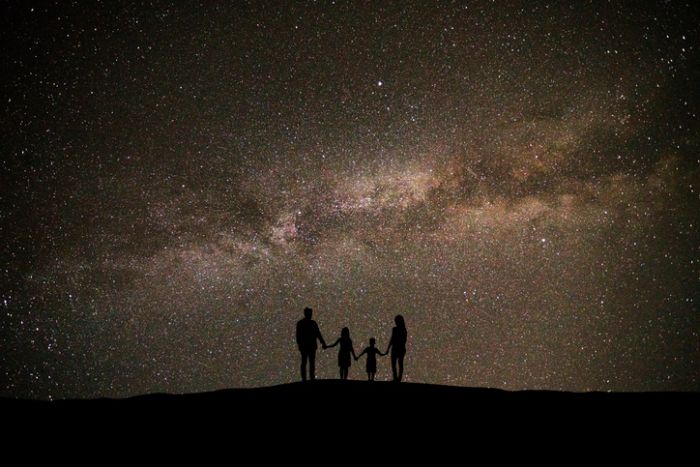
Putting the “Home” in “Hominization”
We have everything you need to Hominize your Home.
What do you find so fascinating about terraforming?
“Terraforming a planet would be the greatest engineering challenge in the history of mankind,” Alexander explains, “but ironically it would mostly just be 19th century chemistry.
“Things like producing breathable oxygen, retaining heat from the sun, making water, these are all things we’ve known how to do for centuries, the only challenge will be repeating them on a planetary scale.
“All of the 42 facilities and 6 satellites in TerraGenesis are based on these real principles of chemistry and physics.”
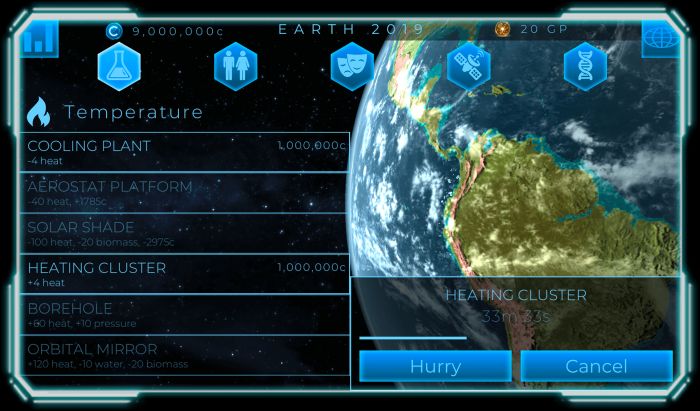
To terraform a planet, you’ll need to use the facilities
I tried to get a few examples from Winn . . .
If you learn only one thing from this article dear reader, let it be that when Alexander Winn is excited about a topic, you’re never gonna get just “a few” of anything.
Take control of your own Atmosphere
Terraforming Tech Today
“. . . the Biofixture Lab is a facility that uses algae and other biomass to convert atmospheric CO2 into breathable O2. In TerraGenesis this is an important step in creating the oxygen-rich atmosphere that humans need on planets . . . where CO2 dominates the atmosphere . . . “Biosequestration,” as it is known, is a technique currently being used to help reclaim the carbon being released by fossil fuels.

Seed the rain! To begin your hydrosphere! Seed the rain! Whenever your sphere’s too dry.
“ . . . the Reef Institute allows players to build an aquatic biosphere of carefully-designed species in artificial reef structures. Artificial reefs are an important part of aquatic conservation here on Earth, and are being used to try to mend various ecosystems that have been destroyed by overfishing, construction, or climate change.”
If you’ve noticed that a lot of terraforming technology is based on technology developed to combat climate change, you’re not alone and the team down at Edgeworks Entertainment is just as dedicated to saving our own little blue marble as they are imagining ways to transform other worlds.
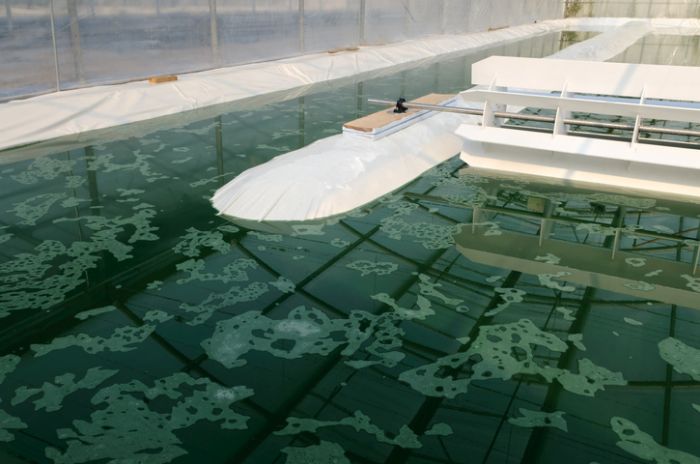
Nuthin’ but Algae Thang
“The Cloud Seeder is another great example: in TerraGenesis it is used to jump-start your hydropshere, but cloud seeding is a process used in real-life to alleviate droughts, reduce the deadliness of hail storms, and even clear fog away from airports. By releasing silver iodide, potassium iodide, dry ice, or even table salt into the upper atmosphere, we can directly encourage the formation of clouds and precipitation in very specific areas whenever we want!
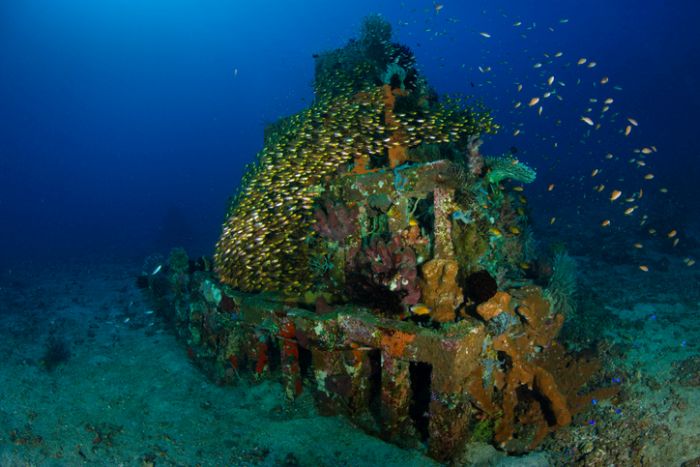
I can’t believe it’s not Reef!
Tend to your own little Ecosystem
“. . . most recently, TerraGenesis 6.0 even allows players to plant real-life trees in reforestation efforts around the world when they reach various in-game milestones!”
So the next time you’re fantasizing about what human life might look like on another world, say thanks to Alexander and Lacey Winn, and other imaginers like them who are helping plan our route to the stars one amazing story at a time.
Find all the gear you need for your adventure at Newegg

